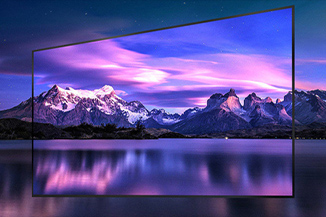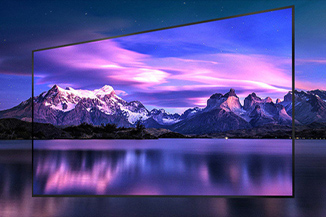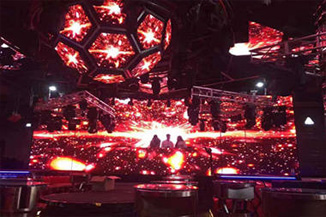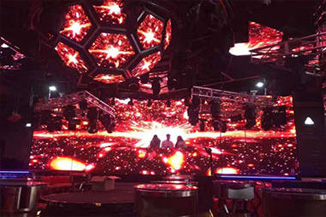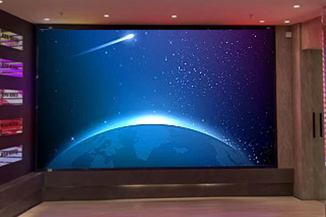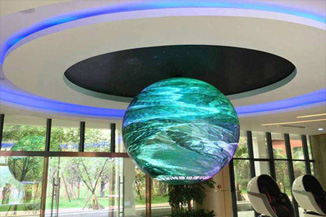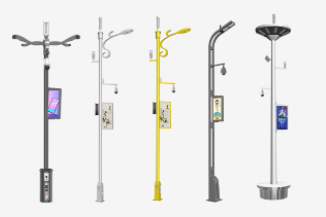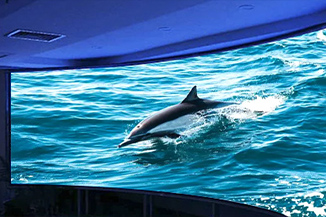Publisher: Supplier of LED Display Time: 2022-03-18 16:10 Views: 1663
The main display products currently used in the field of professional display screens are LCD, DLP, and LED. The following compares their advantages and disadvantages from the technical principle.
LED display: digital pulse signal constant current drive lighting, which belongs to the direct lighting technology of surface light source.
DLP: The three primary colors of the light point source emit light independently, after reflection imaging technology.
LCD: The liquid crystal screen is a phenomenon device produced by the optical rotation effect of liquid crystal molecules. The main principle is to use the optical rotation effect of a specific substance (liquid crystal substance) and the principle that the liquid crystal molecules will change their arrangement in an electric field to control the intensity of the polarized light passing through the liquid crystal, so as to achieve the purpose of display.
You first define the concept of brightness in front of the screen. The brightness in front of the screen is the brightness, which refers to the luminous intensity per unit area (of the illuminated object), and its measurement unit is "nits (NIT)": that is, candela/square meter (also called cd/m2 or candle light/square meter). Although the luminous flux of both is 3000ANSI, the gain of the LCD and DLP screens is different, so the brightness in front of the screen is also different, and the brightness in front of the screen is the most intuitive feeling you see. This is the difference in brightness between the two. big reason.
The unit of measure for luminous intensity:
Illuminance unit (Lumen): The luminous flux of 1 CD candle irradiated on a plane with a distance of 1 cm and an area of 1 square cm.
Light intensity unit (CD/m2): The luminous intensity per unit area, and the active light emission adopts the luminous intensity unit.
In non-professional applications, we can use white glue to package LEDs, but in professional applications, it must be a high-contrast black light (this LED is characterized by a matte high-transmittance black glue package), first do The result is non-reflective. When the screen removes the influence of ambient light, its 600CD brightness can already meet all indoor professional occasions. Some people say that the current LCD and DLP can achieve 700, then let me tell you, as long as the nominal CD/m2 refers to the brightness of the light source, the real brightness in front of the screen is only about 45%.


